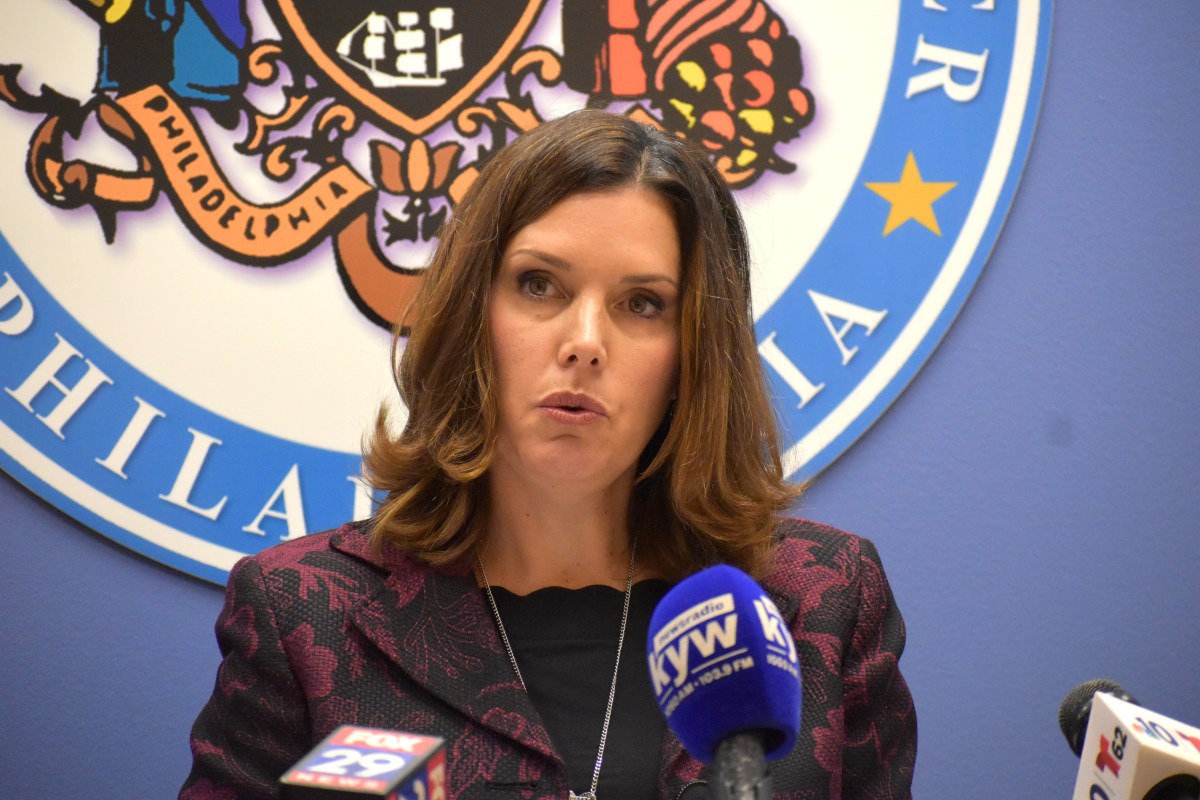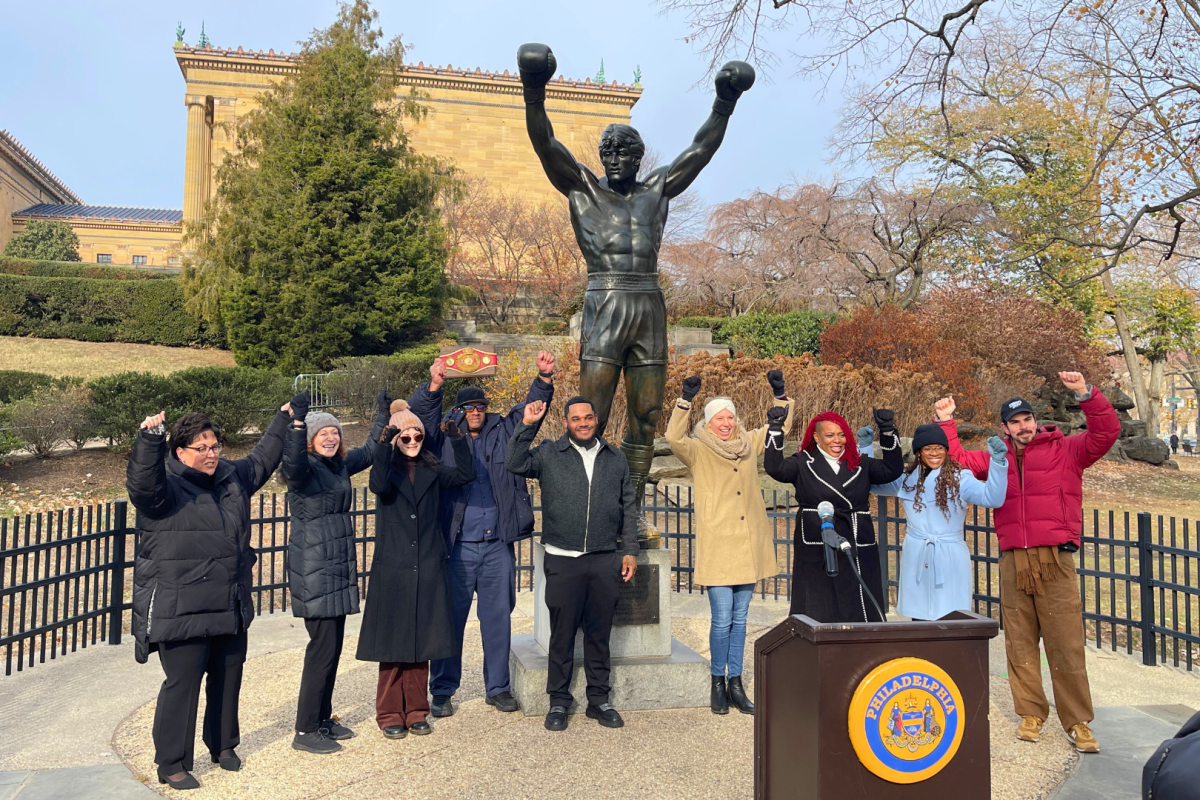(Reuters) – After a teenage gunman killed two of her high school students and wounded four others in her Florida classroom in 2018, Ivy Schamis found the strength to carry on teaching for two more years.
Missy Dodds, who watched five of her pupils gunned down by a former student who shot his way into her classroom in Minnesota in 2005, returned for six weeks before abandoning the career she loved.
Memories of their terror came rushing back this week after another teenage gunman murdered 19 children and two teachers at a Texas elementary school, swelling the ranks of a group no educator wants to join: teachers who have seen their students shot.
“To this day, the thought that I didn’t send those babies home has really been a struggle. I can’t describe the pain,” said Dodds. “That morning I was Miss Dodds, the math teacher. That afternoon it was all taken away.”
Guns have been fired more than 2,000 times in schools since 1970, according to a database by the Naval Postgraduate School’s Center for Homeland Defense and Security that tracks shootings affecting students from kindergarten through the 12th grade.
The tragedies leave a trail of trauma. For some educators, getting back to the classroom proves therapeutic. For others, the horrors of what they saw are too much to overcome.
Schamis was a social studies teacher at Marjory Stoneman Douglas High School in Parkland when a teenage gunman killed 14 students and three staff on Valentine’s Day four years ago. Her classroom remains sealed off as a crime scene even though the school eventually reopened.
“It’s frozen in time,” Schamis said. “There is even a box of Valentine’s chocolates still sitting on my desk.”
She returned to teach in a different building on the school grounds, drawing strength to continue from Holocaust survivors who had spoken to her history students.
“They inspired me with their resilience, hope and love,” Schamis said.
But after completing her vow to see her senior and junior classes graduate, Schamis and her husband moved to Washington, D.C. for a fresh start. She no longer teaches.
Dodds said she suffers acute survivor’s guilt and is still in therapy 17 years after a gunman killed five of her students at Red Lake Senior High School as they hunched under desks.
“The FBI later told me he was in my classroom for 90 seconds. I thought he’d been in there for 15 minutes. That’s what happens to time during these emergencies,” said Dodds, who retired on disability and is now a school safety advocate.
GRIM GUIDE
The United States has suffered so many school shootings that in 2019 a group of 29 school principals who had experienced gun violence inside their buildings formed a support network.
The Principal Recovery Network created a guide that provides practical steps for school leaders after a shooting. It suggests holding an off-site staff meeting as soon as possible, monitoring the mental health of students and staff, ensuring the school is completely repaired and repainted before re-opening and even advice on the benefits of therapy dogs.
One member of the network, Frank DeAngelis, said he has already reached out to the principal of Robb Elementary School in Uvalde, Texas, the scene of Tuesday’s shooting.
DeAngelis was principal of Columbine High School on April 20, 1999, when two students shot and killed 12 fellow students and one teacher before taking their own lives.
At the time it was the deadliest school shooting in U.S. history. Today it ranks fourth on that grim list, surpassed by the death tolls in Parkland, Uvalde and the 2012 attack at Sandy Hook Elementary in Newtown, Connecticut, where a gunman killed 26 children and school staff.
DeAngelis said he originally planned to leave his job after the shooting but was urged by his priest to help the school rebuild. He served as Columbine’s principal for another 15 years after the massacre.
He remains in therapy 23 years later and credits it with getting him through the darkest days early on.
“When I first went back, I struggled,” DeAngelis said. “Every time I heard a loud sound, I jumped. I visualized kids lying in a pool of blood.”
DeAngelis said his counselor urged him to try and instead remember happy moments with each of the slain students.
“I visualized them participating in a school play, or high-fiving me in the cafeteria, or smiling at me in the hallway,” he said. “I had to celebrate their lives and not mourn their deaths.”
(Reporting by Tim Reid; Editing by Colleen Jenkins and Cynthia Osterman)

























